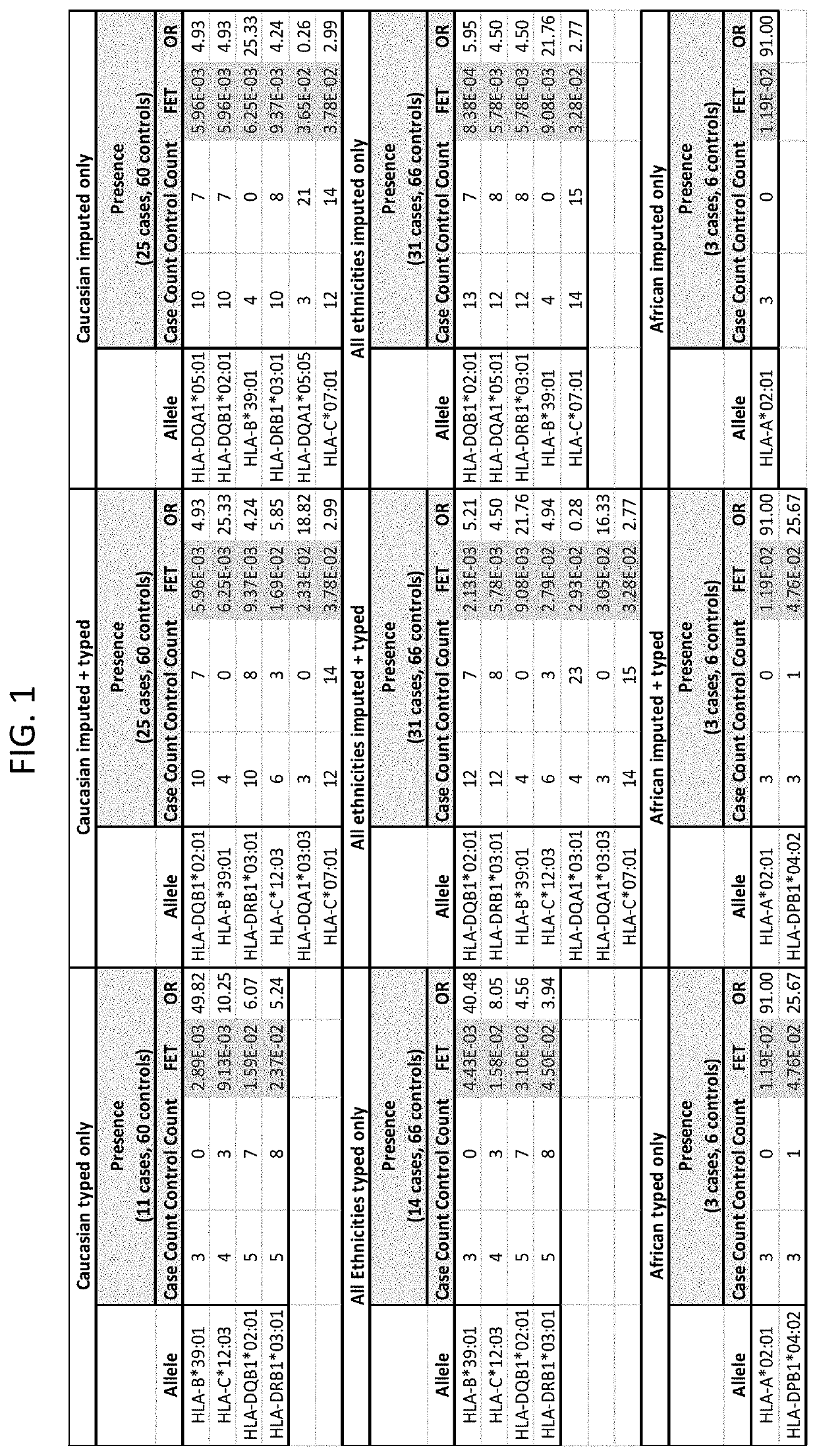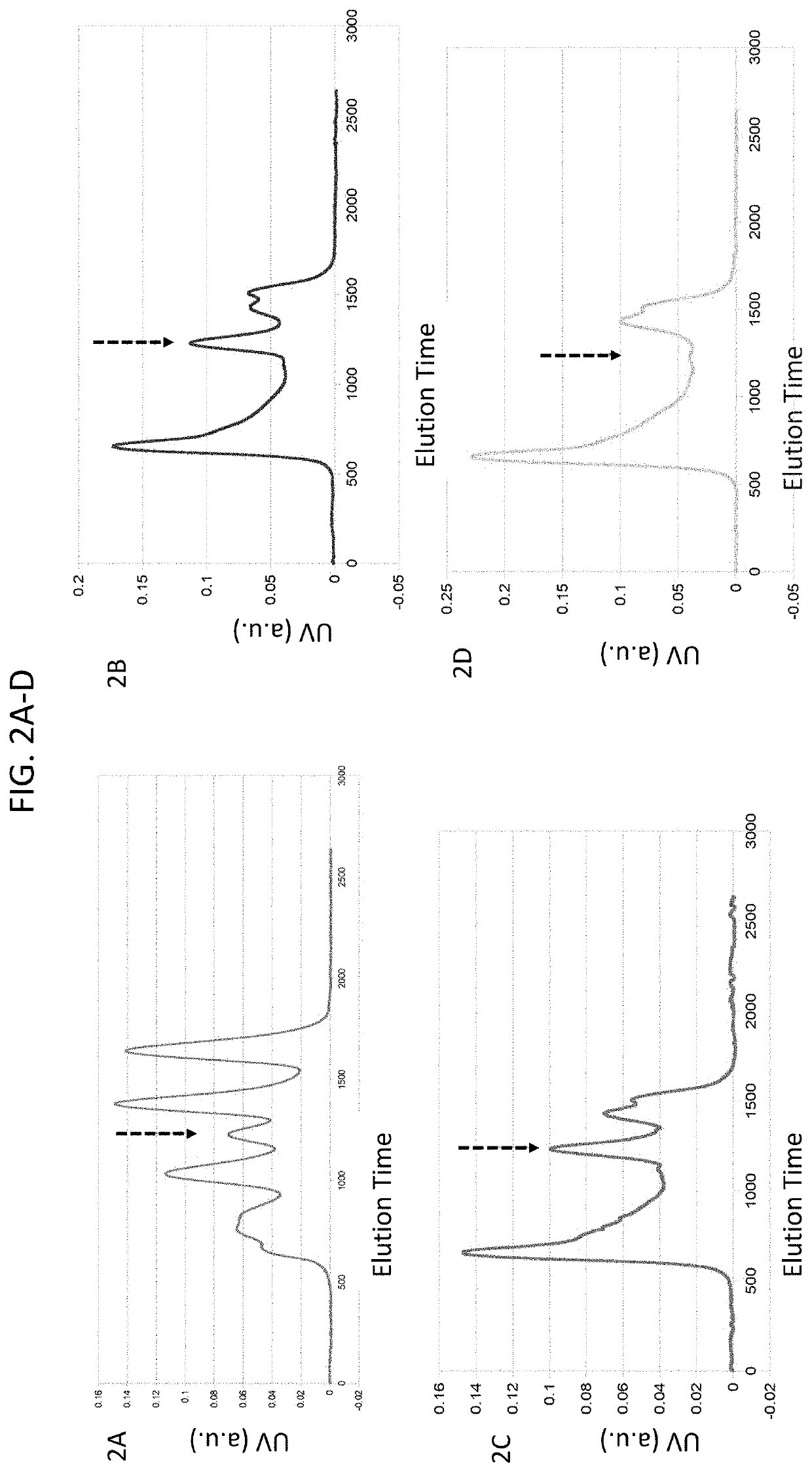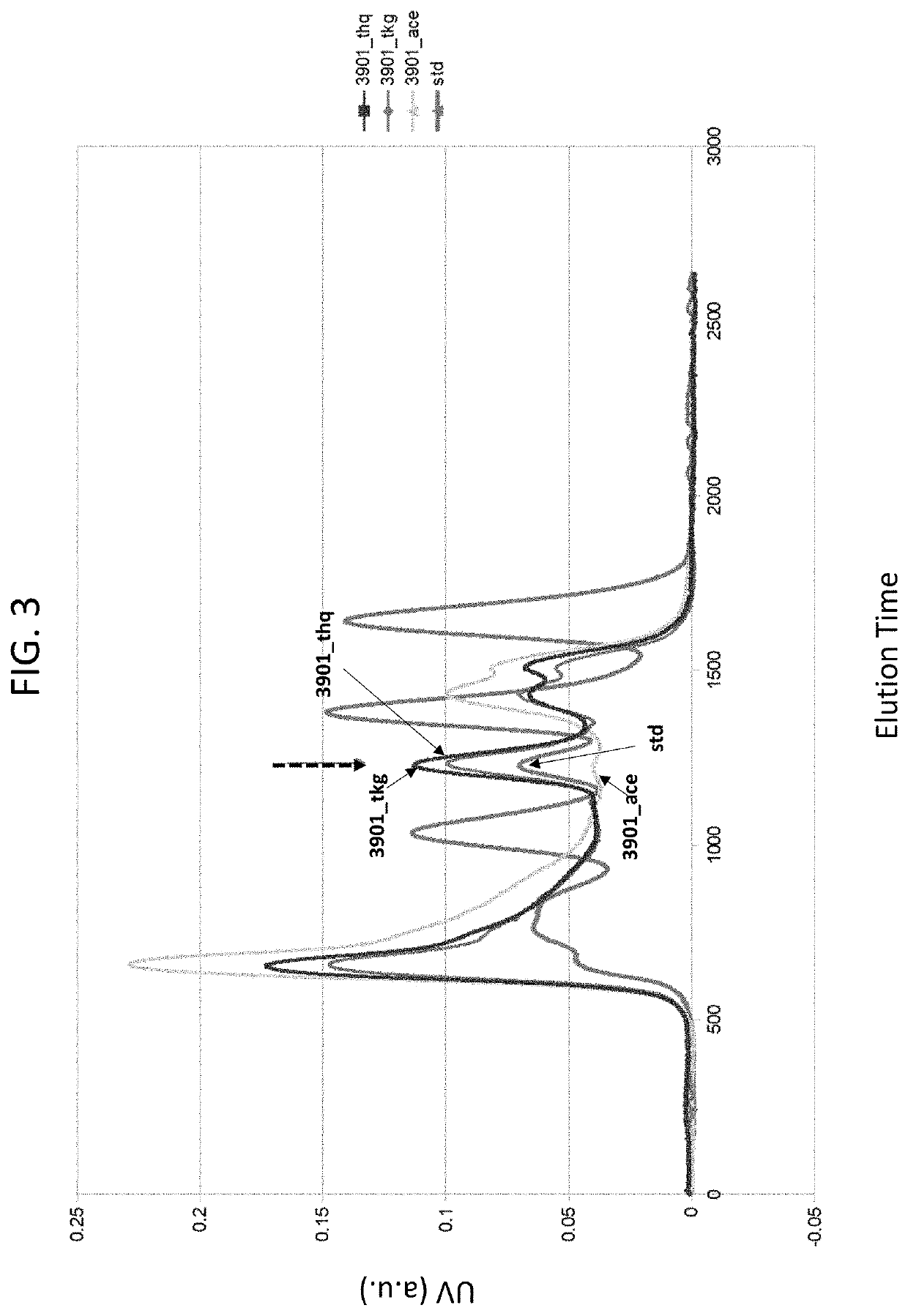Methods for treating disease and reducing drug-induced liver injury in patient populations
a drug-induced liver injury and patient population technology, applied in the field of patient populations for drug-induced liver injury treatment, can solve the problems of avoiding long-term or permanent liver damage, acute liver failure, and dili not being detected, so as to reduce the risk and/or severity, reduce the risk, and reduce the incidence
- Summary
- Abstract
- Description
- Claims
- Application Information
AI Technical Summary
Benefits of technology
Problems solved by technology
Method used
Image
Examples
example 1
sis of Patients with ADR Following Exposure to Infliximab
[0093]Samples from 25 Caucasians, 3 Africans, and 3 outliers subjects that had been treated with infliximab and had experienced DILI were obtained. These are referred to as “cases” here. These samples were compared to a set of 60 matched Caucasian and 6 matched African controls. The matched controls were patients who received infliximab for at least one year and did not experience DILI. The controls were matched for age, sex, ethnicity, and BMI where possible. Statistical analyses were performed to identify from these cases HLA alleles that are risk factors for the development of DILI following infliximab exposure. Significant alleles were determined using Fisher's Exact Test (FET) (p<0.05).
[0094]As a secondary comparison, the HLA profiles of the 25 Caucasian cases were compared to reference populations available at www.allelefrequencies.net. For calculating population presence rates, reference list entries were found by searc...
example 2
nteractions with HLA-B*39:01
[0100]A study was conducted to identify interactions between peptides present on the infliximab antibody and HLA-B*39:01. Peptides corresponding to heavy and light chain sequences of infliximab (chain H and L in PDB code 4G3Y) were predicted to bind class I HLA molecules based on the Stabilized matrix method (SMM) implemented in Immune Epitope Database and Analysis Resource (IEDB). Peptides predicted to bind with estimated Kd values less than 0.5 μM were considered candidate binders for: HLA-B*39:01, HLA-B*15:01, HLA-B*35:01, and HLA-B*57:01.
[0101]Refolding, characterization and purification of HLA complexes was performed as described (PMID: 12220628). Briefly, HLA-B*39:01 and β2-microglobulin were expressed in E. coli. Inclusion bodies were isolated, denatured in 8 M Urea and mixed with synthetic peptides derived from infliximab (Genscript) at a final concentration of 0.2 mg per ml protein, 6 M Urea, 20 mM Tris pH 8.0, 1 mM GSH, 10 mM GSSH for 24 hours, ...
PUM
 Login to View More
Login to View More Abstract
Description
Claims
Application Information
 Login to View More
Login to View More - R&D
- Intellectual Property
- Life Sciences
- Materials
- Tech Scout
- Unparalleled Data Quality
- Higher Quality Content
- 60% Fewer Hallucinations
Browse by: Latest US Patents, China's latest patents, Technical Efficacy Thesaurus, Application Domain, Technology Topic, Popular Technical Reports.
© 2025 PatSnap. All rights reserved.Legal|Privacy policy|Modern Slavery Act Transparency Statement|Sitemap|About US| Contact US: help@patsnap.com



